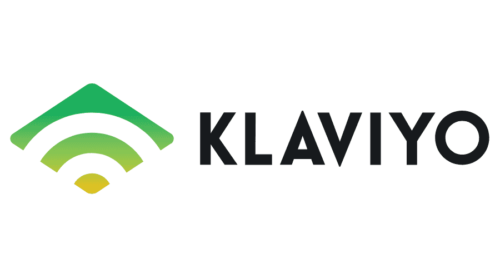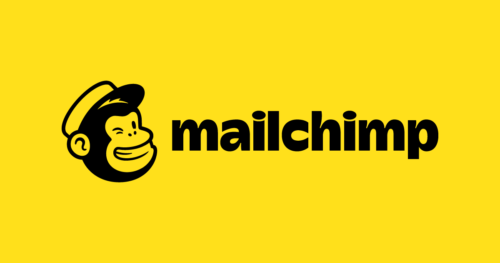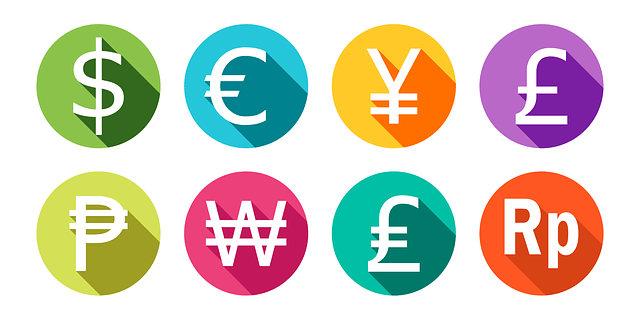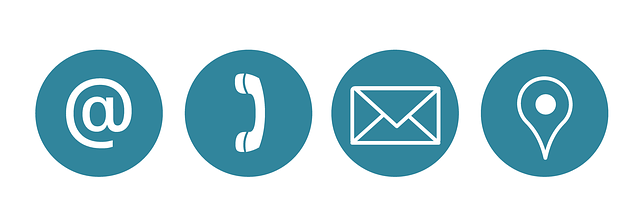Klaviyo vs Mailchimp
- Home
- Articles and Publications
- SEO Case Studies
- Klaviyo vs Mailchimp
Klaviyo vs Mailchimp
Posted on January 21, 2020
0 Comment
Mailchimp and Klaviyo are two of the most renowned email marketing tools available on the internet.
But which is best for your business? This head-to-head analysis will help you decide.
Klaviyo vs Mailchimp: the background
Mailchimp has been around since the dawn of time (2001). It’s arguably the most well-known email service provider (ESP) in what is now a mammoth-sized arena.
Klaviyo, by comparison, is relatively new to the game, having made its introduction in 2012. Since its inception, it’s rapidly drawn a cult-like following along marketing automation fanatics.
Despite both falling into the same category, they are vastly different in their functionality, ease-of-use, and ultimately, performance.
Mailchimp is generally marketed towards entry-level marketing automation users (although it’s stepped up its features in recent years).
Klaviyo, instead, has been focused specifically on e-commerce businesses from the beginning.
This Klaviyo vs Mailchimp analysis will compare both tools on a head-to-head basis on some of the most important features every email marketer needs to be concerned with when deciding on a platform for long-term scalability.
Segmentation
Segmentation is one of the most critical tools any marketer needs to get their hands dirty with when it comes to their ESP.
Nurturing contacts and sending the right messages to the right individuals at the right time is a crucial aspect of providing a strong customer journey while simultaneously not driving colossal unsubscribes from your hard-built list over the years.
Mailchimp is fairly limited in its segmentation options, making users organise lists based on their behaviour and interactions with your email marketing.
It offers basic functionality to segment with lists such as “New subscribers” or “Recent purchasers”.
It can be difficult to retrieve granular information with a deep dive analysis into specific website behaviour.
Klaviyo, on the other hand, really shines when it comes to segmentation, offering the user innumerable touchpoints.
Because of Klaviyo’s gearing towards e-commerce stores, you can target users based on the frequency they visit certain products on your website.
How frequently they use coupons, as well as churn rate prediction, etc.
Klaviyo takes data science very seriously, so if you’re looking to create super-segmented lists based on user behaviour, there’s a clear winner here, and that’s Klaviyo.
Mailchimp allows you to tag contacts individually/within lists, while Klaviyo doesn’t.
There are numerous reasons for/against doing this which requires an article in itself, but that is also a consideration when choosing one of the platforms you may wish to consider.
Winner: Klaviyo

Automation
Both platforms are marketing automation tools, so this is an important criterion to analyse.
Mailchimp provides solid, out-of-the-box automation that can be set up in minutes.
The template builder is smooth, generally easy to use, and effective in creating customer journeys.
Klaviyo, by contrast, can be an incredibly sophisticated – and complex – tool.
However, they do mitigate this fact with several “flows” (Klaviyo terminology for sequence/automation) already designed to be implemented out-of-the-box once it syncs with your e-commerce platform.
Ultimately, Klaviyo is far superior to Mailchimp for e-commerce automation building due to its robust data science infrastructure and extensive integrations.
If you’re just seeking a basic level of automation, however, Mailchimp will suffice and provide a comfortable, user-friendly experience.
Winner: Klaviyo
Ease of use
Mailchimp is definitely designed for beginners in email marketing, whereas Klaviyo is heavily geared towards serious e-commerce stores.
If you’re concerned by the learning curve of the software you choose, then this is something you need to strongly consider when choosing which tool to go with.
Mailchimp’s email editor is impressive, and also very user-friendly in allowing first-time users to design beautiful-looking emails from the get-go.
Klaviyo also has a simple drag-and-drop editor that is fairly intuitive to use.
When it comes to the more complex features of both platforms, Mailchimp is the more user-friendly. Indeed, it’s designed with simplicity in mind.
Instead, Klaviyo’s USP is its rich data-science capabilities. This can be somewhat overwhelming for users who aren’t used to getting their hands dirty with data.
Ultimately, it depends on your needs/goals, but for people new to both platforms, it’s clear that Mailchimp will be the more user-friendly.
You’ll also need to consider the amount of time you spend with your email marketing as well.
Winner = Mailchimp

Integrations
Both platforms offer a robust set of strong integrations with third-party tools.
Klaviyo excels at pulling in data from e-commerce platforms (obviously) and has a particularly powerful set-up with Shopify.
It enables you to seamlessly generate dynamic coupon codes among other powerful features.
In addition to Shopify, Klaviyo has native integrations with WooCommerce (the eCommerce platform for WordPress), Magento, Big Commerce, and more.
Mailchimp, however, recently went through somewhat of a ‘divorce’ from Shopify and is no longer in the Shopify App Store. Despite offering a workaround to fix this, it’s certainly not as effective as Klaviyo’s.
E-commerce aside for a second, Mailchimp is certainly not lacking in integrations. In fact, it offers a tremendous amount of native integrations that should satisfy most general users.
Winner = Tie, unless you’re looking for e-commerce specific integrations, in which case Klaviyo wins.

Pricing
Both platforms offer free tiers, with Klaviyo being free up until 250 contacts, and Mailchimp 2,000.
Once you go beyond that, however, things change quickly for both.
For Klaviyo, the core features of the platform remain the same: automated emails, reporting, templates, etc. The things that cause a sharp rise in price are the number of contacts you have in your account along with how much support you’re entitled to.
With Mailchimp, you get a bit of both causing the price to rise: more subscribers + more features with each tier. This makes it somewhat frustrating to scale on Mailchimp with its full suite of features from the beginning.
This may or may not be applicable to all marketers, but it’s something to be aware of when setting up and thinking it’s a ‘free’ platform.
Winner = Klaviyo.
Neither are cheap once you start getting up there in contact size. However, Klaviyo at least has consistency on its features. Also, it generally charges for contact-size. Instead, the costs creep up in unsuspecting ways when trying to get more functionality from Mailchimp.

Support
Klaviyo provides extensive tutorials on getting to grift with its software, including videos, articles, and even weekly webinars.
Mailchimp, by contrast, is pretty limited in this regard, with text-based guides.
If you want to access staff, then Klaviyo allows you to email on their free plans. Instead, Mailchimp requires you to at least have a paid plan before enlisting support.
Klaviyo also possesses a live chat feature, but it’s only available to paid accounts. To get on the phone with Mailchimp, you’re looking in the region of $300 per month – pretty steep, I’m sure you’ll agree. You’d have to be an advanced user to get benefit from that type of price range.
Speaking personally – as a user of Klaviyo – support can sometimes be a little sketchy/wishy-washy over email on technical issues unrelated to Shopify (their cornerstone integration). However, generally speaking, the staff are great in-person and dedicated to customer success.
Winner: Klaviyo

Klaviyo vs Mailchimp. Which is best for you?
It all boils down to this:
- are you looking for purely the most basic elements of email marketing?
- or are you after data-rich information that allows you to create highly personalised customer journeys?
If it’s the former, you can’t go wrong with Mailchimp. Instead, if it’s the latter, you’re going to get along great with Klaviyo.
As an e-commerce email marketer, I can tell you first-hand, that once you get to grips with Klaviyo, you’re in possession of a tool that allows you to seriously scale your business.
About the Author
 Adam Kitchen is an e-commerce entrepreneur with over 13 years of industry experience.
Adam Kitchen is an e-commerce entrepreneur with over 13 years of industry experience.
He directed the marketing strategy for a 7-figure e-commerce business at just 18 years old. He became amazed at the power of email marketing to acquire, nurture and retain customers for businesses.
After successfully running his own store, he set up Magnet Monster, a behavioural email marketing agency for e-commerce businesses looking to scale.”


